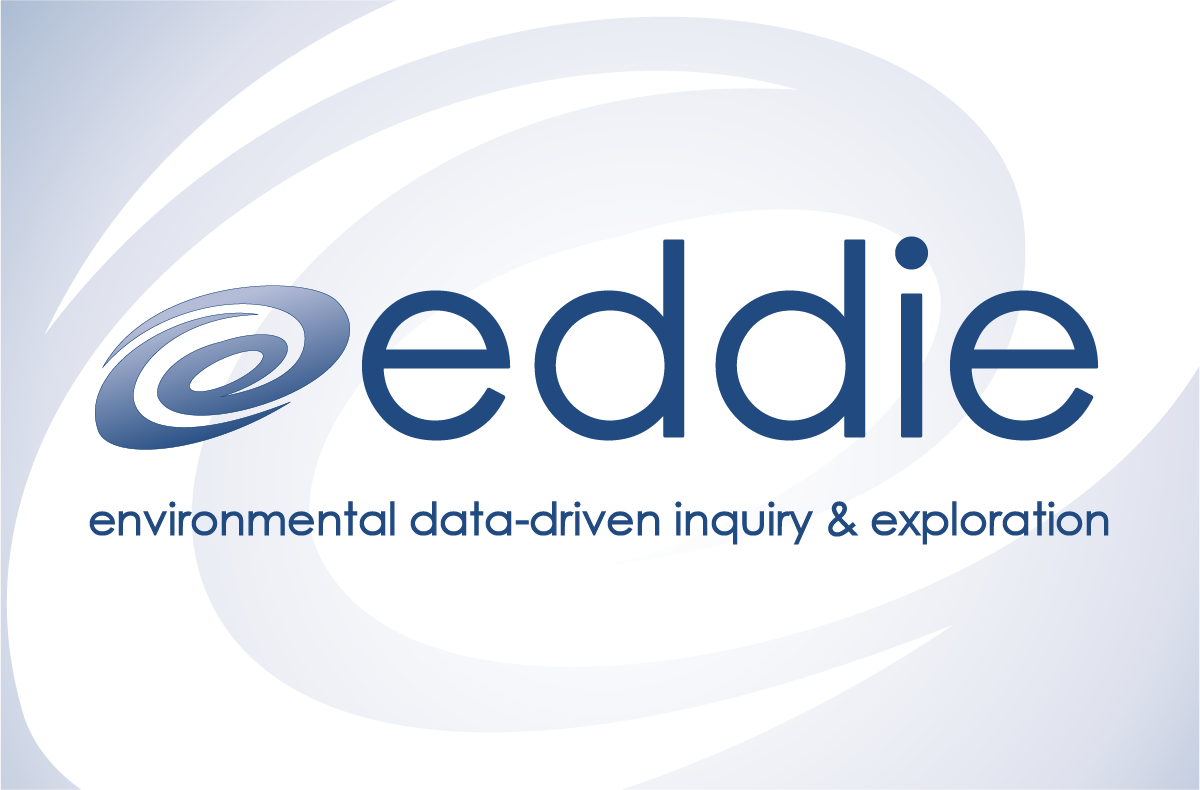Paleoclimate and Ocean Biogeochemistry (Project EDDIE)
Author(s): Karen Bridges
Howard Community College
468 total view(s), 189 download(s)
Description
This module guides students in an examination of how surface ocean productivity relates to global climate on glacial-interglacial timescales and how the availability of ocean nutrients can be correlated with changes in productivity. In Part A, students reflect on how nitrogen and phosphorous are distributed globally, and how patterns of primary productivity compare with those nutrient patterns. In Part B, students use statistical analysis to examine the influence of dust-borne iron on carbon export in two ocean regions. In Part C, students choose a data set to investigate the relationship between ocean carbon export and climate, formulate a hypothesis to test using that data set, and share their findings with peers who chose a different data set.
The overarching question the module helps students answer is:
How does primary productivity influence global climate?
Full Materials and Details Available at Project EDDIE
This module guides students in an examination of how surface ocean productivity relates to global climate on glacial-interglacial timescales and how the availability of ocean nutrients can be correlated with changes in productivity. In Part A, students reflect on how nitrogen and phosphorous are distributed globally, and how patterns of primary productivity compare with those nutrient patterns. In Part B, students use statistical analysis to examine the influence of dust-borne iron on carbon export in two ocean regions. In Part C, students choose a data set to investigate the relationship between ocean carbon export and climate, formulate a hypothesis to test using that data set, and share their findings with peers who chose a different data set.
The overarching question the module helps students answer is:
How does primary productivity influence global climate?
Full Materials and Details available at Project EDDIE
Notes
PART A:
I broke apart the maps and provided written descriptions of HOW to look at the maps when I embed the activity in the Canvas LMS. Each map was assigned a section; my Part A now has 4 sections which are separated on the Canvas page by a horizontal line to break it up visually.
The questions with several parts were separated (rearranged too) so that students will read them right below the map to which they refer. If a question asked two things, such as where concentrations are highest and where they are lowest, I made each part its own question in a Canvas quiz. At the end of the last map viewing section, I added a link to the Canvas quiz with the same questions that were provided within the body of the instructions. The maps are included in the quiz as well.
I changed the wording of the questions that referred to the N/P image. The image says it’s N/P, but the questions say NO3- and PO43-.. I think this inconsistency could cause confusion for my students.
PART B:
Changed “riverine” to fluvial and defined it.
I used one data set (Equatorial Pacific) to write an optoinal tutorial showing how to make plots in Excel, change axes, and suggest ways of thinking about data that can be used (or not used) with the other data set. Students will only use the second data set in the exercise. Students already familiar with the magic of Excel can skip the tutorial.
Also, due to time constraints, for FA22 I did not have students work with the productivity data in this exercise. I hope to use this module in its entirety as during the spring semester lab course.
PART A
I added a link to define what is meant by a “spatial pattern;” added a picture of Redfield with a pipe just for fun.
I needed to offer an alternative way to think about “moles.” There are no prerequisites to my course and I needed a way to easily conceptualize the mole. I am thinking if I do this exercise face-to-face in the future I could add in a short activity with marbles where students need 16 of one color to every 1 of another color.
I added an example situation for interpreting the N/P ratio image. My students might have trouble with this.
PART B
I added a link to a web page explaining glacial and interglacial periods and a link to an article describing how dust flux can be measured over geologic time, just in case students are curious. Added a link to clarify what is meant by dust flux.
I also took a screenshot of the included Excel data file and inserted it within my canvas explanation page to show students exactly how each data set is accessed. My students are not necessarily familiar with Excel or how to manipulate data, so I will need to include detailed instructions.
To support question #8, I added a graph showing the timing of glacial and interglacial periods (NOT the one in the powerpoint). I also zoomed in so students could look exclusively at the last 100ka or so. I broke question #8 into 2 questions; since my students will only look at Southern Ocean data, I am adding a question asking if the same similarity in flux and glacial-interglacial periods is present in both data sets.
Cite this work
Researchers should cite this work as follows:
- Bridges, K. (2023). Paleoclimate and Ocean Biogeochemistry (Project EDDIE). Project EDDIE Fall 2022 FMN, QUBES Educational Resources. doi:10.25334/SEM4-EE12
